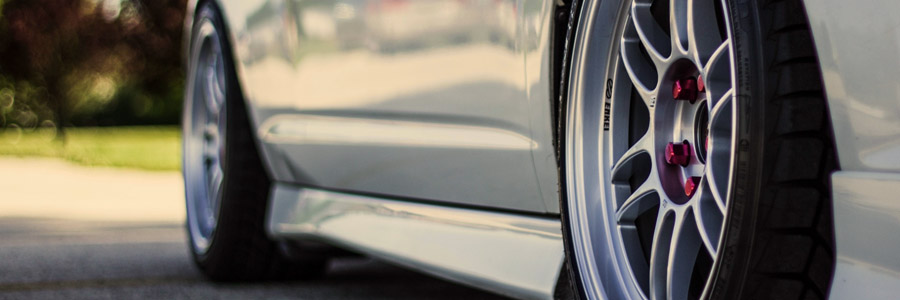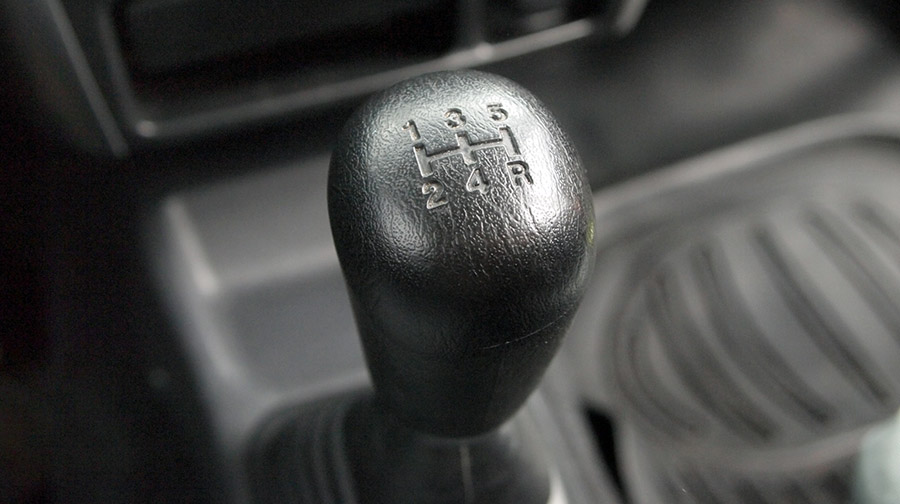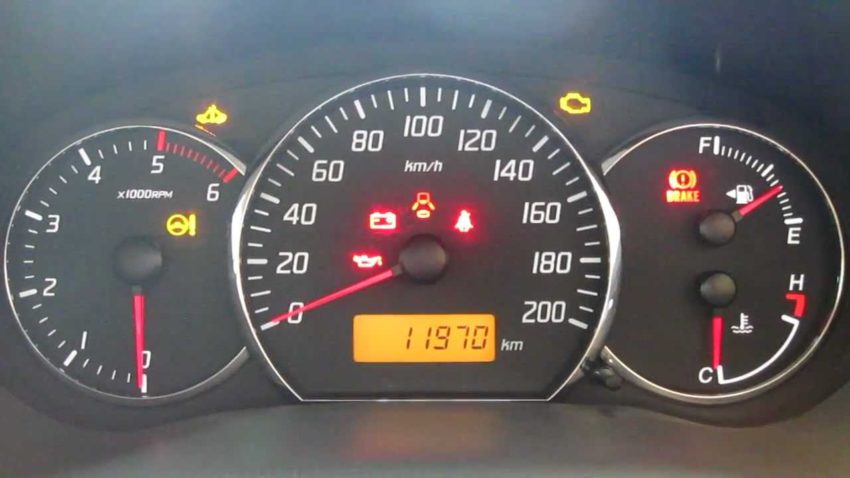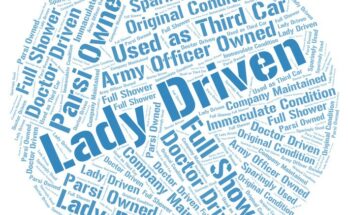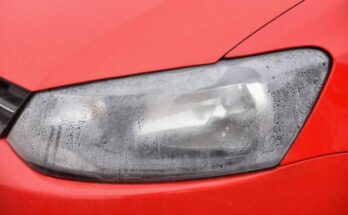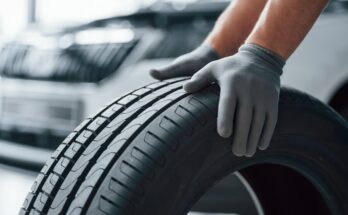Buying a used car in Pakistan can be a smart choice, but it requires careful planning and inspection. This guide provides essential tips, from setting a budget and researching the market to inspecting the car’s condition and verifying documents. Avoid scams, make informed decisions, and explore the best platforms to find your ideal second-hand vehicle.
Buying a used car is always a gamble. It can give you an opportunity to own an extremely reliable car via a clean deal or can be a painful experience buying an overpriced troublesome machine which later eats a lot out of your pocket.
Related: Dilemma of Keeping a New Car in Pakistan
However, if you properly examine a used car before buying, you may end up getting your hands on a clean well-maintained ride that will serve you well for years to come. Here are some useful tips to help you find the right used car:
Is Mileage an Important Factor to Consider?
It is a general perception that cars with higher mileage on the odometer tend to give problems so most people look for cars with low mileage, and that’s where the problem comes. It actually doesn’t matter how much the vehicle is driven, in fact in what way it has been driven matters a lot.
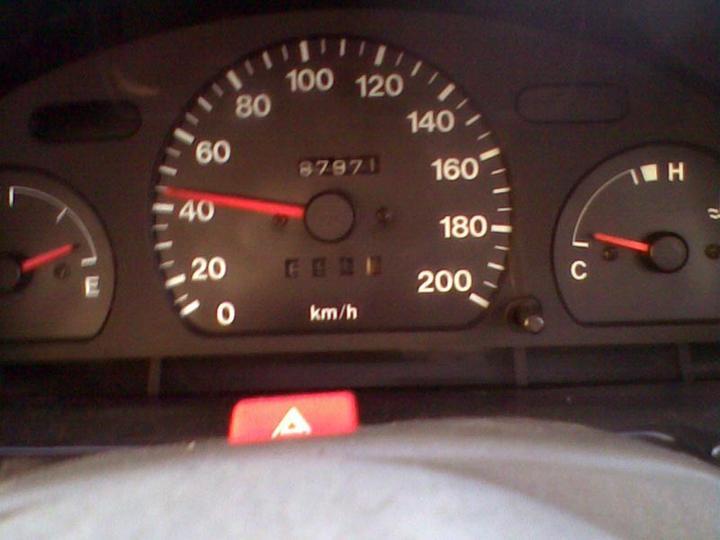
Odometer tampering is a common practice, particularly because of this very perception that every car with a low mileage is trouble-free. In fact, a carefully driven car with plenty of miles can give you a trouble-free ownership experience than an abused/ tampered car with low mileage.
Related: Guide: Protecting Your Car’s Exterior by Proper Washing and Waxing
If you are getting a car that has high mileage on the odo, but is carefully maintained with service history etc, then surely you must consider it over a low mileage car with no history.
The Exterior:
Exterior is the first impression; it has to be right in all ways. Ask the seller to park the car on a flat surface where you can thoroughly examine it from everywhere. The car should have a proper standing stance; it should not be leaning towards any side. Examine the body panels, bumpers and rubbers closely and see if they look fine.
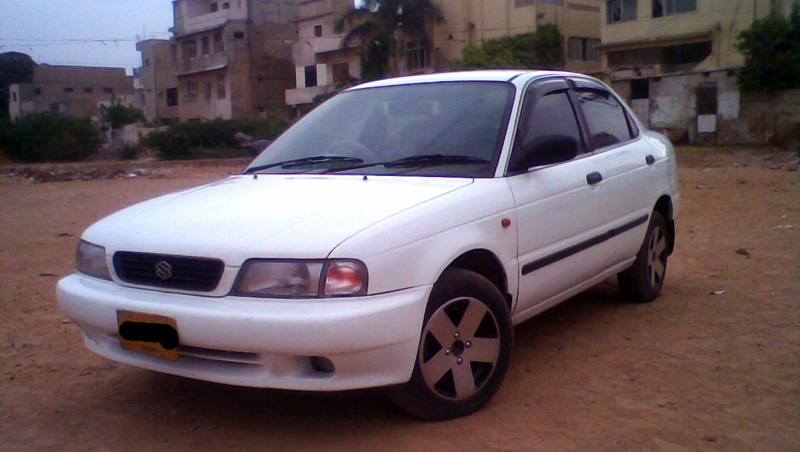
Examine the gap between fenders and tires, and see if they are even on all tires. Look around the corners for rust or any damage. The dents and paint irregularities can best be identified in proper daylight so it’s better to avoid checking any car at night unless you are a real pro. Sunlight can help differentiate between the colors, especially when a panel is repainted.
Related: 10 Factors That Affect Fuel Economy
Check the fitting of headlights, tail lights, and indicators, try looking at the car from a distance as it may reveal slight irregularities that are not visible when standing too closely.
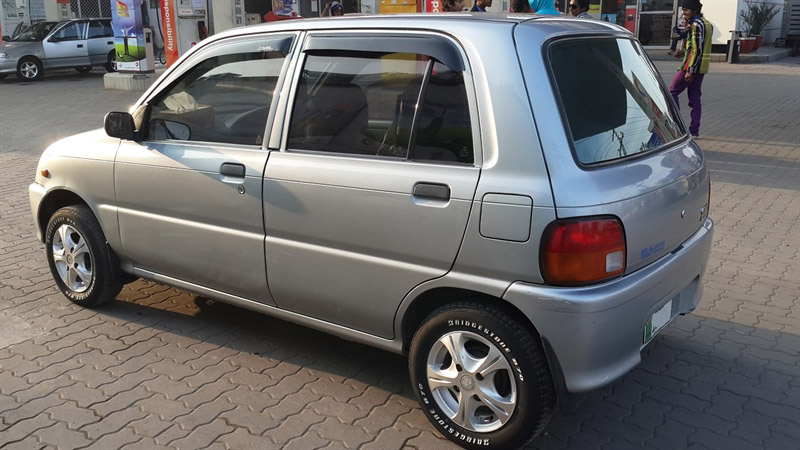
Get the odometer reading of the car and see if the condition of the car justifies the mileage shown. Cars with bad paint jobs and worn-out tires generally have high mileage on them, but if you come across a car that is newly repainted and has very less numbers on the odometer, yet the tires seem to be new which are (in most cases) retreated/ refurbished then you might want to look for another car.
Examine the underbody, and suspension components which shouldn’t have any signs of damage or leaks. Also, check the condition of the exhaust pipe and other underbody components.
The Tires:
Also, see if all four tires are of same make or not. Try looking for the date stamp to know how old the tires actually are. Examine the tire tread pattern, as this will give you an idea of how the car has been used.
Shaved tires with no signs of treads tell you the exact story of the driving style. There are people who specially mention “newly installed tires” to attract buyers, while in the real world not everyone would spend Rs. 25,000/- just to let the new owner enjoy!
Related: Beginner’s Guide: How To Read A Tire Sidewall
Most people just put used/ refurbished tires before selling their cars so do try to look for the date stamp. To know more about how to read tire walls click here.
The Interior:
The exterior of a car takes a lot of beating from the atmosphere, sunlight, scratches, dents accidents, etc, and it’s surprisingly easier to get fixed too. You will find pro denters in almost every area of major cities and if you notice, accidental new cars can be found being repaired in such a way they are hard to be identified as repaired. So it’s a common practice to get the exterior makeover spending a few thousand before selling the car.. but it’s actually the interior that tells the true story of how the vehicle has been kept.
In the process of buying a used car, I have come across several cars with glistering exteriors having abused interiors with broken air vents etc which makes me walk away from the car in no time.
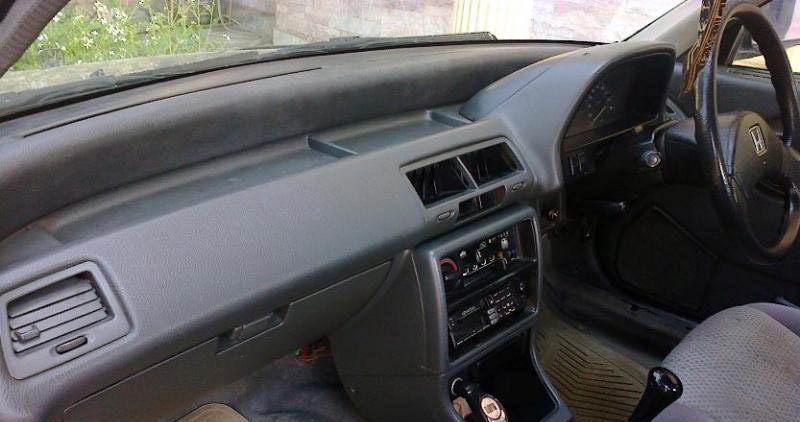
If you care about your car, you’ll care about its interior as much as its exterior because that’s the place you spend most of the time when traveling. So a clean & well-maintained interior should matter a lot to you.
Get the odometer reading of the car and see if the condition of the interior justifies its mileage. The owner of a well-kept vehicle will always show you his car in its original state. If you come across a car that has been fitted with new seat covers, new steering wheel covers and other cosmetic add-ons that serve the purpose of camouflaging the flaws rather than beautifying, then there is something fishy.
Related: 8 Ways to Make Your Old Car Feel New
Genuine cars are in their original state from the inside, i.e. no seat covers, no steering cover, etc.. this way you can see the actual fabric & seat condition of the car. Specially examining the driving seat gives you an idea of the mileage as it’s the seat that’s always in use while driving. So a 10-year-old car with under 50k kms and a poor driving seat cushion should also be able to alarm you! Also, inspect the gear knob (manual transmission), usually cars this old have lost the gear information on them up to some extent.
A seller who claims his car with low mileage while still having a shaved gear knob is something alarming as well. Similarly, examine the steering wheel especially where the horn is pressed, other areas like door trims and door locks also show how much & in what manner they have been used.
Examine the pedal covers, the condition of the rubber on the clutch & brake pedal also tells you the mileage. And if sellers have deliberately installed fancy pedal covers & gear knobs, then in most cases something is fishy since this aftermarket gadgetry is never comfortable to live with!
Turn on the Switch:
Before you start the car, just turn on the ignition key and notice the dashboard lights. Normally when you turn the ignition key to the “ON” position, you should see all the warning lights lit up, this is to let you know if the signal/ bulb is working properly or not. Once you start the engine, these warning lights go off and only those related to any malfunction, or a device that is engaged, such as a handbrake, remain lit up.
If you see a car with a ‘Check Engine’ light on the dashboard, then it means there is something serious about the engine or sensors. But if you are getting your hands on an old (non-efi) car, and its warning lights don’t even come up when the ignition is on, then you should look for another car.
Examine the Engine:
Examining the condition of the engine is another important element. You should also take the help of a qualified & trusted mechanic who can assist you in identifying a good healthy engine. Better still, u can examine the idling of the car yourself, note if it’s not unnecessarily shaking & that if there are any strange noises.

Never get impressed by a shiny washed engine. Normally sellers get the car serviced before selling so this practice is also used in a negative manner in order to hide any leaking lubricant in the engine bay. A seller of a car with a perfect engine won’t mind you showing the engine in its original state.
Start the Engine:
Start the car and keep it idle and notice the vibrations or rattling sound that may occur from here and there. Notice the silencer for any smoke. If the vehicle is installed with a tachometer (rpm) see if it’s around 850 rpm at idling. Do note the behavior of rpm if its stable or fluctuating, particularly when you switch on the a/c. Look for oil stains or dripping oil underneath (if any).
Related: Water Coming Out From Car Silencer- A Good Sign Or Bad Sign?
Notice the engine components, the belts, hoses, fans and the way they run. A healthy engine can easily be identified leaving it idle for a couple of minutes rather than revving the engine for a few seconds before coming to a decision.
Take a Ride:
Once everything else is satisfying, the last thing would be to take out the ride for a test. Drive it on plain roads to see if the car goes straight or drifts to a certain end, this indicates a steering component/ alignment problem with the car.

Notice unwanted sounds, on bumpy roads as well as smooth surfaces to make sure everything is spic & span. Drive with & without a/c, to see if the car behaves differently. Try to feel if the steering wheel is unnecessarily vibrating, is it too firm? Is it too loose, or is there an unusual play?
Related: 5 Benefits Of A Clean Car
Check the braking on an empty road where you are sure there is no incoming traffic from behind. Check if the brakes squeal, are they effective or does the pedal feel spongy?
You might also need to check the indicators, headlights or tail lights if they are well-illuminated and working properly. So it’s best to pay multiple visits before finalizing a used car. Inspect the car in daylight, but test driving can be scheduled in evening hours when it is dark enough to notice the illuminations, of both interior (cabin & dashboard) and exterior lights.
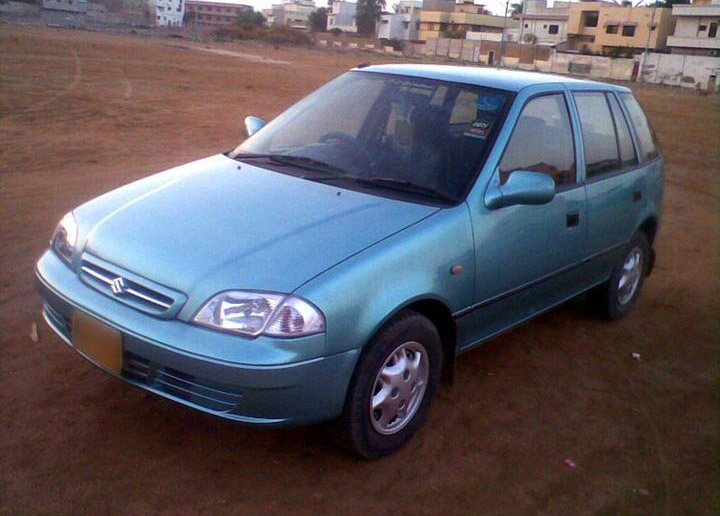
Things to Remember:
Also, consider these factors before making a car-buying decision:
- The car shouldn’t be involved in a major accident. Now in daily routine driving, it’s really hard to prevent your car from getting hit, so minor accidents are acceptable, particularly when you are looking for a 10+ year old car. You should be able to classify between major & minor accidents. I will say major accidents are those that affect the structural integrity of a car such as damaging pillars/ chassis/ suspension/ or engine components etc. Those hits which affect bumpers/ lights and outer body parts should be considered minor. A good denter can easily identify repainted parts so if u have someone you trust, you can safely have his opinion.
- Back in 2007, I went to xxx Autos (suspension specialist) to get the front suspension of my car checked. After inspection, first thing the person asked was “Do you want to keep this car with you, or are you about to sell it?” I asked “Why?” to which he told me that if I wanted to sell this car the cost of repair would be minimal since the repair would only work for a few weeks but if I wanted to keep this car then the job would be different & expensive too and it will last longer as well.
- It was then that I came to know that people who claim ‘new suspension’ while selling their cars cannot be fully trusted as most of the time the suspension will only be good for a short while, and if something happens after this period the new buyer will have to bear all the suspension repair cost and in most cases, it’s a job which will cost a fortune! So beware of a new suspension!
- Consider buying a car from someone who is actually the true owner of that car. Avoid buying cars on open letter, or those newly transferred on their names. Always prepare yourself to come across these sorts of excuses, “gari behnoi ke naam pe hay”, “merey achay dost thay Dubai jate hoay mujhay baich gaey”, “apnay liay khareedi thi but office se doosri gaari mil gai, khari karnay ki jaga nahi”, “Canada ja raha hoo aaj hi baichni hai..”
- Check for documentation, and taxes and see if the car is clear from CPLC/ ACLC, etc. These days verification can also be done online so consider this before finalizing the deal.
- Original condition means the car despite being used is as good as the one standing in the showroom. Original condition should never mean a car that was once red and now grey, with torn seats, bald tires, cracked & broken dashboard, faulty wiring, and dents all over the place but the seller emphasizes you that it’s the very beauty of originality. You should shake hands and congratulate that seller, and go on to look for another car.
- Consider narrowing your decisions wisely, don’t follow the herd. Let’s assume you are looking to buy a sedan for occasional family use, and you are looking for a 10th-generation Corolla 2010/11. You will definitely be looking for a 1.3 XLi or GLi, but since your usage is occasional you will get a 1.8 Altis in good condition at a much reasonable price. This way you can get a better deal, an altogether better vehicle while still saving decent money with you which you can spend later on the car itself.
- One of my relative bought an 9th gen 2004 Corolla SE Saloon in such an extra-ordinary condition that the car seemed brand new even after 11 years. He still has that Corolla which is going absolutely trouble-free, compared to a friend of mine who bought an 11th gen 2008 Corolla 1.3 for a similar amount of money and had to spend nearly a hundred thousand more on its unnecessary maintenance before selling it off within 2 years.
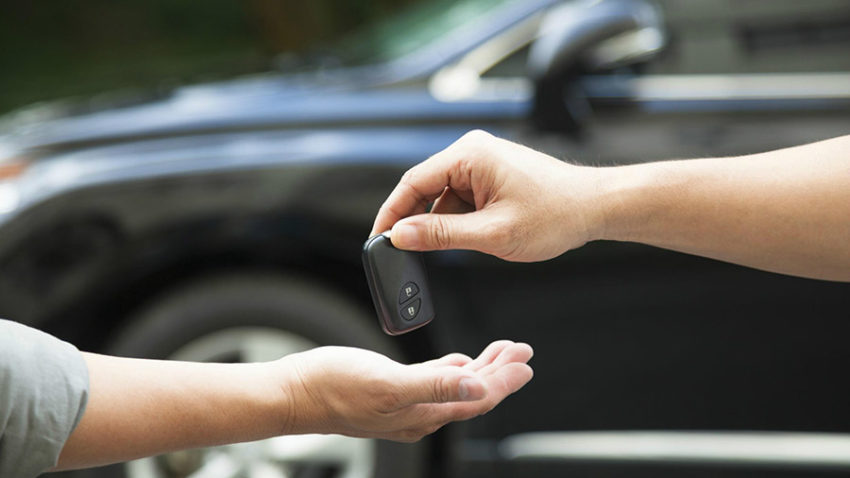
Buy a car for yourself, not for the one who is going to use it after you. While resale is an important factor that one cannot deny, still a wise decision can save you a good amount of money and will give you an enjoyable ownership experience in return.
Related: Some Interesting Car Buying/ Selling Experiences
Remember used-car purchasing can be a painstaking process and it can take several days & even months to strike a good deal. Never rush with your decision, and look for all possible options before going for your next used car. Good Luck!

A computer animation professional with over 23 years of industry experience having served in leading organizations, TV channels & production facilities in Pakistan. An avid car enthusiast and petrolhead with an affection to deliver quality content to help shape opinions. Formerly written for PakWheels as well as major publications including Dawn. Founder of CarSpiritPK.com

